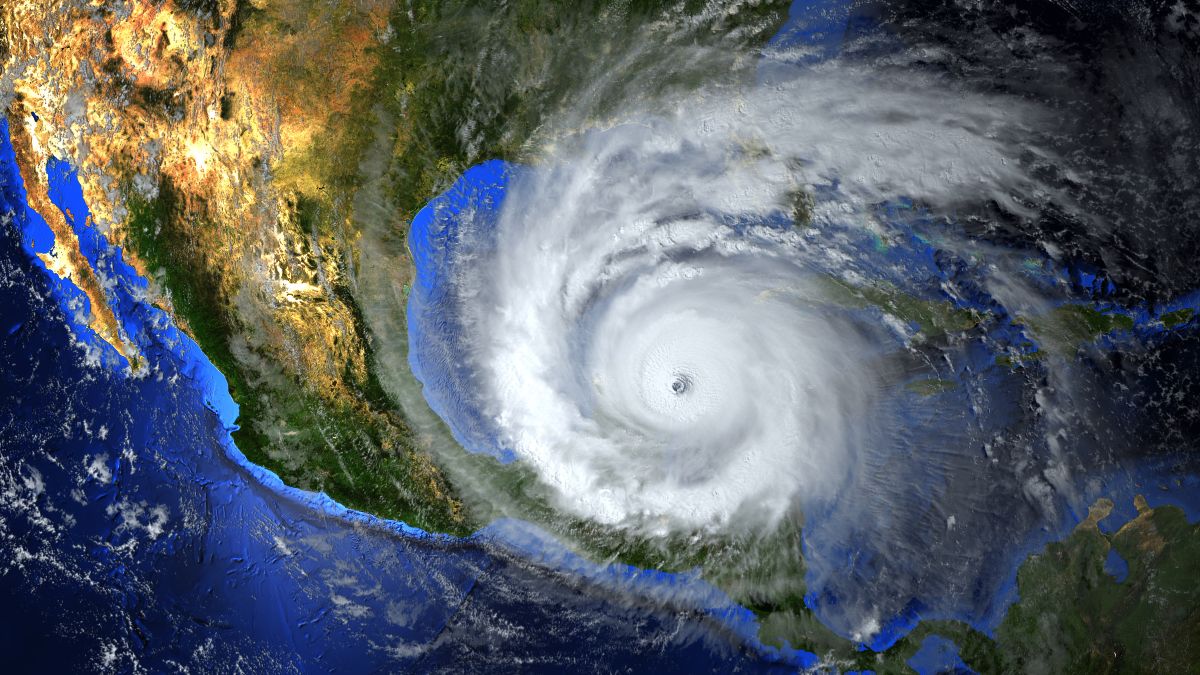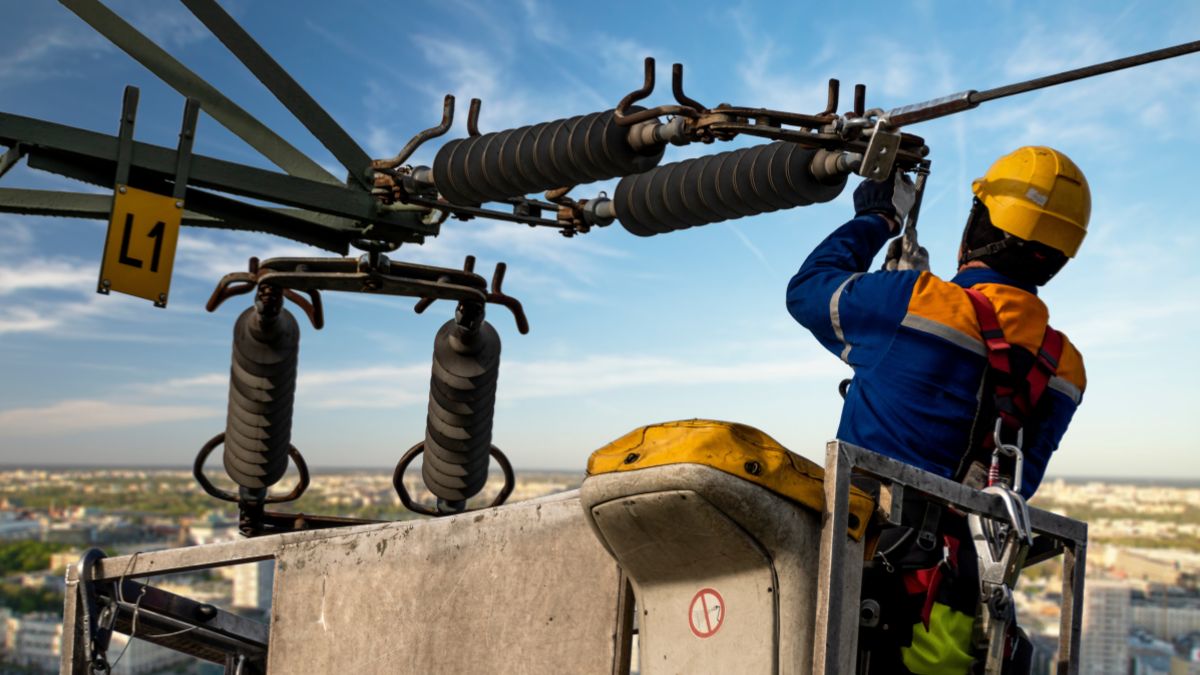
When a hurricane hits, power utilities face a crucial responsibility: restoring electricity quickly, safely, and efficiently, under great pressure. That means lots of materials must move, often in challenging circumstances, from huge generators and transformers to food, water and clothing for the workers on the frontlines.
“Hurricane season may last six months, but we prepare for twelve,” said C.H. Robinson hurricane and crisis logistics expert, Dan Resnick. He’s sat through many storms in power utilities’ crisis centers, helping them coordinate emergency logistics. “Every team member must be ready when disaster strikes. The key is having a playbook, practicing it, and being ready to execute—because when the storm hits, there’s no time to figure it out on the fly.”
Phase 1: Before the storm
A hurricane spins up in the Atlantic and is expected to make landfall in the U.S. within the next week. What is C.H. Robinson’s first move?
Resnick: We mirror the utility’s response. Utilities monitor storms closely. Some even have in-house meteorologists. As soon as a storm shows potential, they begin prepositioning materials and personnel. We align with their strategy, moving critical supplies to emergency response sites across the region.
What kinds of materials are involved?
It’s more than just electrical gear. We move satellite and communication kits, signage, mobile office supplies, water, food, cots, tents… These items support both the restoration effort and the people behind it.
How does C.H. Robinson help utilities stay agile?
Utilities often preposition stockpiles in warehouses that are close enough to the expected landfall site, but far enough to be safe. We ensure those supplies are delivered to the right places at the right time, depending on the hurricane’s path, which can always shift.
Our hurricane playbook also applies to wildfires, floods, extreme winter storms and other natural disasters. As climate change increases the frequency of these events, utilities must be ready for anything. Whether it’s pre-positioning supplies, moving critical equipment or restoring disrupted supply chains, C.H. Robinson helps you stay resilient. To learn how you can get ready, explore our Emergency Response Logistics Guide.
For us, it comes down to being in sync with the customer. As we start to see things develop, we make sure we’re ready to take their cues. Because of our scale, experience and extensive network, we’re uniquely positioned to secure carriers and capacity - and scale up as needed like nobody else.
But we also have to plan for our own business continuity. That’s why we proactively relocate team members out of the storm’s path and have redundancy plans in case the weather knocks one of our offices offline.

Phase 2: During the storm
The hurricane makes landfall. What happens?
Everything pauses. Once sustained winds reach 35 mph, utilities pull crews off the road. Emergency response centers—built to withstand Category 5 storms—remain staffed with skeleton crews from the utility, and we’re there with them.
What’s it like inside an emergency response center?
It feels like something in between NASA’s Mission Control and a busy office. There are large screens, clusters of people working on laptops, and executive boardrooms where teams can meet. It’s controlled chaos—high energy, high stakes, and a strong sense of purpose.
There is a lot of adrenaline in that room, especially in the beginning, when everybody feels like, “We've been preparing for an event like this and now it's go-time.” But after a few 16-hour workdays you see the fatigue set in. There's a lot of pressure and intensity, and a lot of public scrutiny. You can’t afford to mess up. But at the end of the day, what counts is: how quickly and efficiently can you get things back to normal for the community?
Phase 3: After the storm
The hurricane blows through. What happens next?
Once it’s safe, utilities assess damage and prioritize restoring critical infrastructure—hospitals, police, fire stations—followed by areas with the highest population impacts. We support this by delivering urgently needed materials, often using smaller vehicles like light box trucks and cargo vans for quick, targeted deliveries.
What’s the role of logistics during restoration?
We move everything from electrical hardware and signage to food and water. If fresh catering isn’t available, we deliver MREs—military-style Meal Ready to Eat. We’ve even moved laundry. You have to keep the people in the field working, so you do whatever it takes.
In that stage, you’re also moving lots of big equipment on flatbeds: transformers, utility poles, cables… And as that inventory goes out, procurement departments start replenishing it immediately. You always have to be prepared for the next hurricane, especially in the middle of the season when you can have one storm after the other. So, we continue to bring in new equipment, even in the weeks after the storm.
Every hurricane is different. Sometimes clean-up is relatively easy and sometimes you’re looking at a recovery operation that goes on for months. But that’s where our network and our ability to flex comes in. We can always scale up in accordance with the customer’s needs.
The bottom line: Planning is everything
Are all utilities equally prepared for disaster?
Not always. The industry leaders have annual dry-run simulations and robust planning. Others may not be as proactive. We encourage all utilities to stress-test their systems—whether for hurricanes, wildfires, winter storms, or tornadoes. Risks are different in different parts of the country, but the basic playbook is the same.
How does C.H. Robinson prepare internally?
Just like utilities, we focus on business continuity and disaster response. We run through drills with the customer and make sure that everyone understands what their role is. Because when teams are not ready to work together, you're going to create bottlenecks that impact your customer’s ability to help the community—exactly what you're trying to avoid.
What’s the biggest lesson learned?
Preparation is everything. The worst place you could be when a hurricane hits is reeling. That’s why the best-in-class utilities think about this year-round. So, if you’re our customer and you’re putting those plans into place, we want to be right there with you, whether that's in the bunker or doing the planning and prep work. We want to know exactly what you need from us so we’re ready to respond.